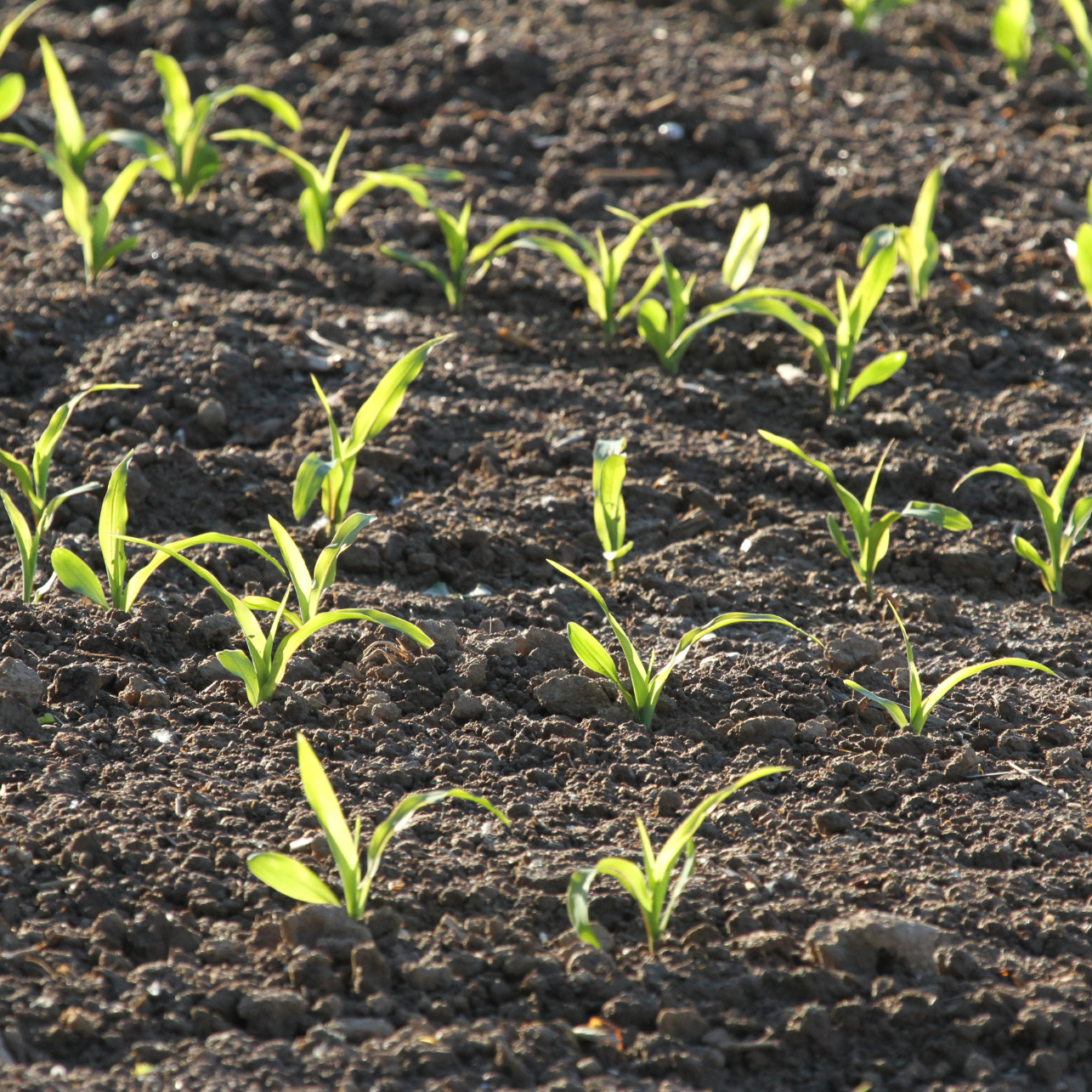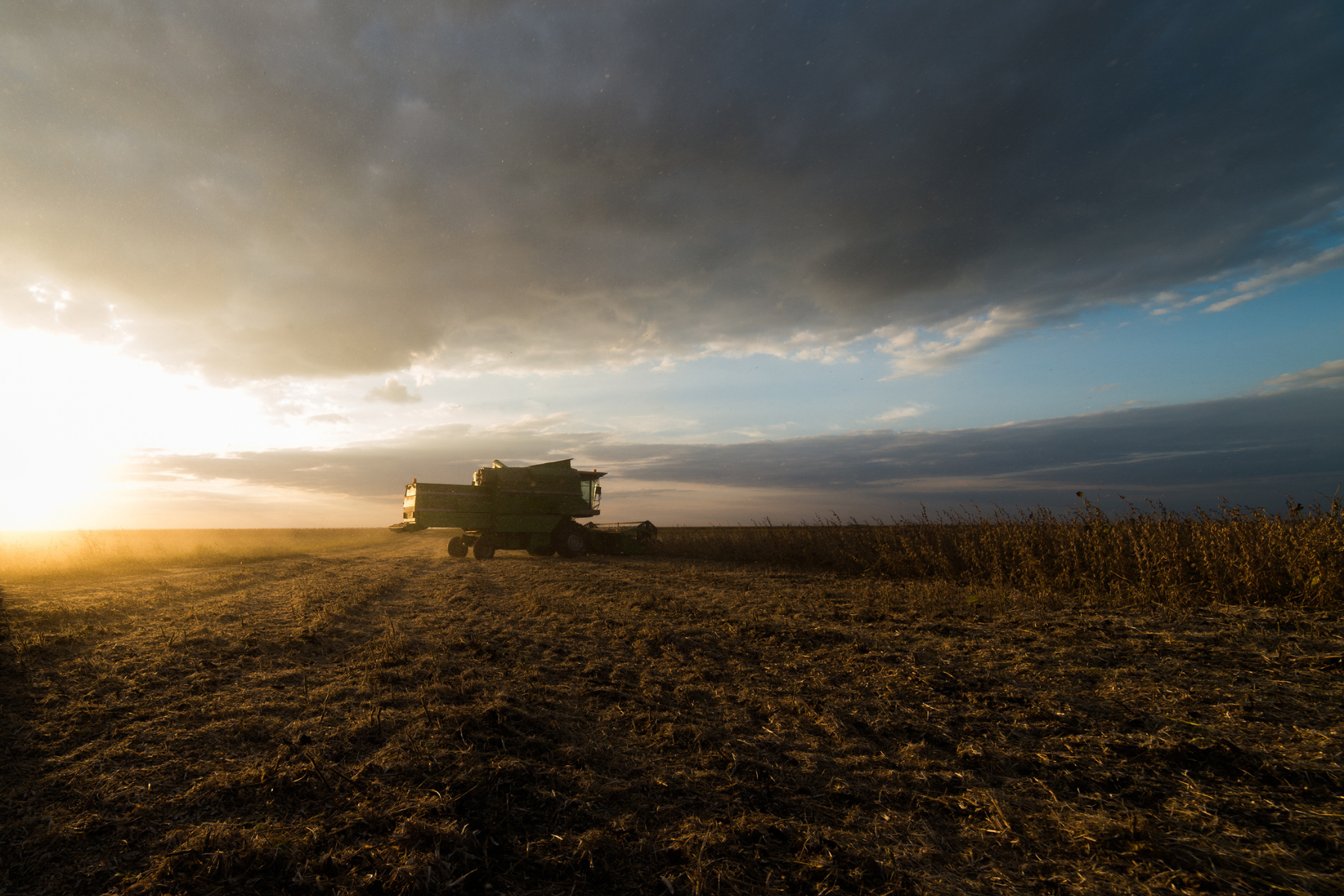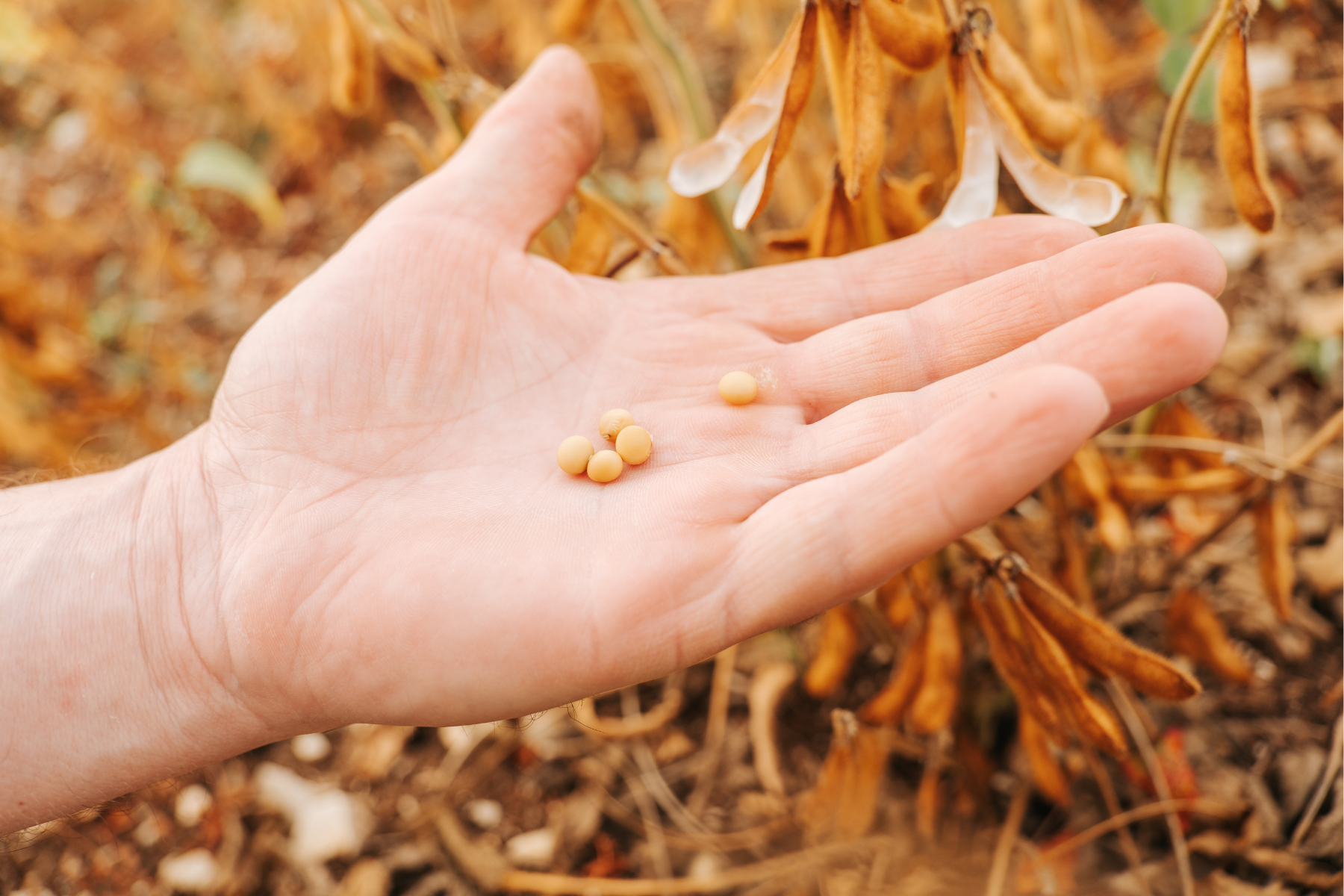Weeds can be one of the most significant threats to crop yield and quality. They compete for vital resources—water, nutrients, and sunlight—and if left unchecked, can drastically reduce the productivity of your fields. Understanding the Critical Weed-Free Period (CWFP) and its importance in crop management can make the difference between a good year and a great one.
What is the Critical Weed-Free Period?
The Critical Weed-Free Period refers to the window during a crop’s early growth when it is particularly vulnerable to weed competition. For many crops, the first few weeks after planting are the most critical for maintaining high yield potential. The CWFP typically ends when the crop reaches a stage of development where its canopy has closed, providing natural weed suppression through shading.
In corn, this critical period extends from planting until the crop reaches the 6-leaf stage. For soybeans, the CWFP is crucial until the V4 to V5 growth stage. During this time, weeds can cause irreversible damage by limiting crop growth and reducing the number of grains or pods the plant can produce. In essence, early weed control directly influences the yield at harvest.
Why Early Weed Control is Crucial
Weeds in the early stages of crop growth are particularly damaging because they are often faster to establish and can outcompete seedlings for resources. Early weed competition can stunt plant development, delay maturity, and even lead to total crop loss if left untreated. That’s why applying a pre-emergence herbicide or a post-emergence herbicide during the CWFP is essential for preventing this damage.
Moreover, delaying weed management can lead to increased herbicide resistance. The earlier you manage weeds, the less chance you have of those resistant populations growing and spreading. The effectiveness of herbicides is also greater on a young or small weed than when attempting to control a large or mature weed.
Effective Weed Control Strategies
To maximize the benefits of the CWFP, here are some proven strategies for controlling weeds early in the season:
- Pre-emergence Herbicides: Applying these herbicides right after planting can create a barrier that prevents weed seeds from germinating. This is particularly effective when applied in combination with tillage practices that eliminate growing weeds before planting.
- Post-emergence Herbicides: Post-emergence herbicides can target and kill emerging weeds after planting, preventing them from competing with your crops.
- Crop Canopy: The best defense against weeds once crops are established is a dense crop canopy. For soybeans, it’s essential to select varieties that offer good early growth and a strong, early canopy that can shade out weeds. The sooner your crops canopy over the soil, the less chance weeds have of surviving.
- Cover Crops: Incorporating cover crops like clover or rye into your rotation can help suppress weeds by outcompeting them for resources during the off season.
- Rotation: Weeds tend to thrive under continuous monoculture cropping. By rotating crops each year, you can reduce the number of weed species that can survive in the soil.
Conclusion: Maximizing Early Season Weed Control
Ultimately, protecting your crops during the Critical Weed-Free Period not only improves yields but also sets the stage for healthier crops throughout the growing season. Effective weed management during this crucial phase helps ensure that your crops have access to the resources they need to reach their full potential. By staying proactive and incorporating the right strategies, you can mitigate the damage caused by early-season weed competition and enjoy a bountiful harvest.




